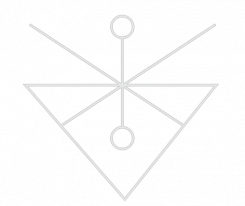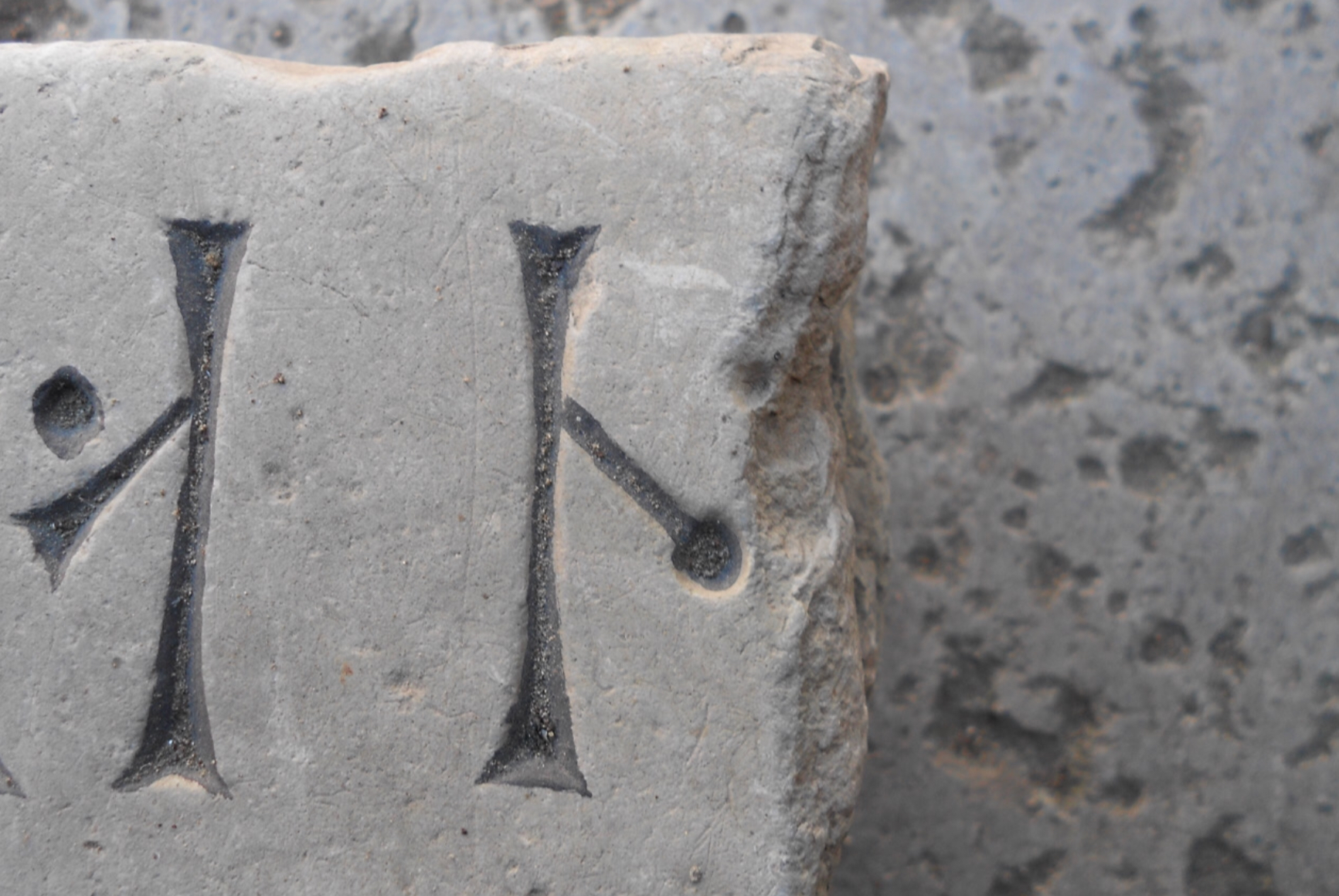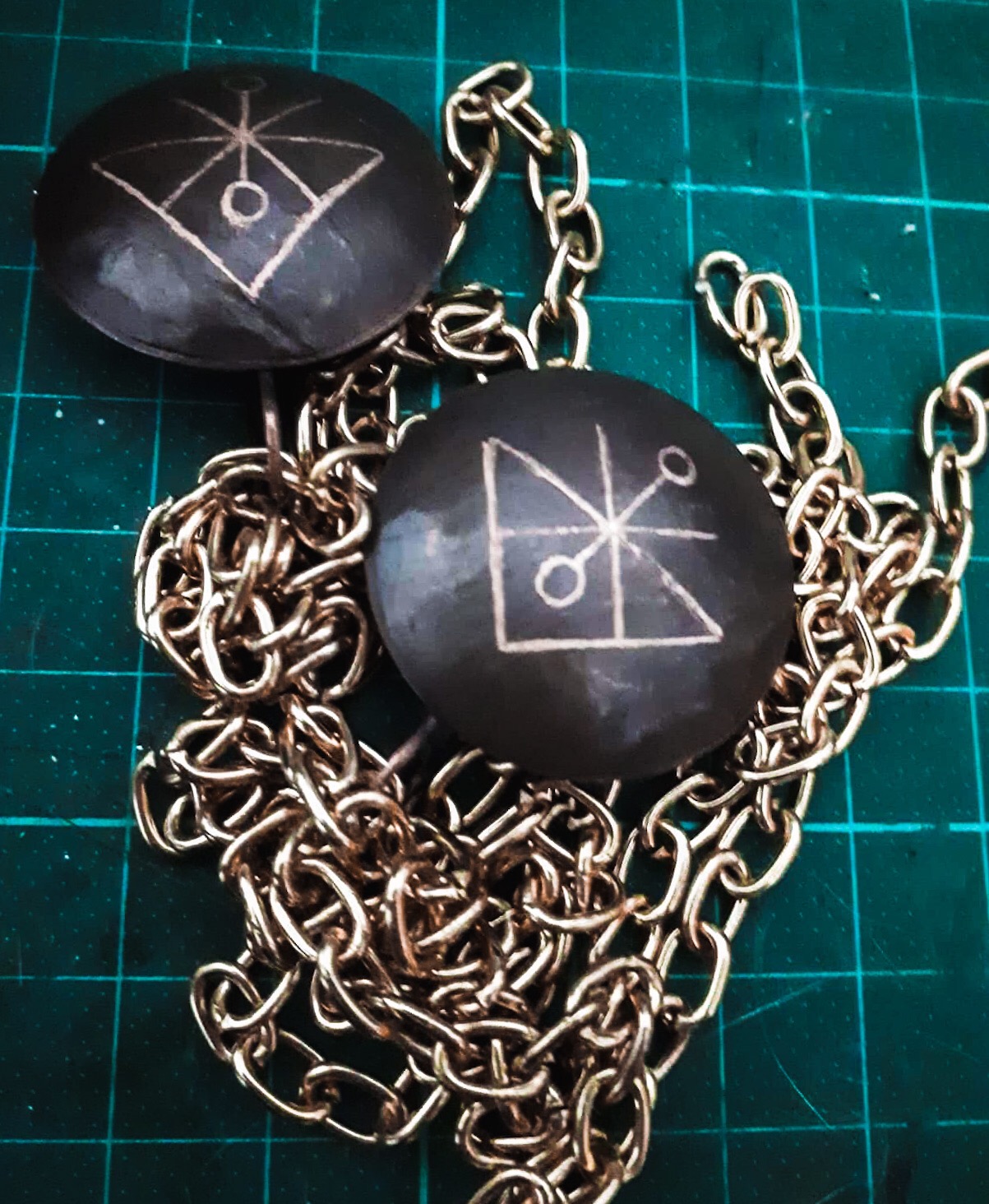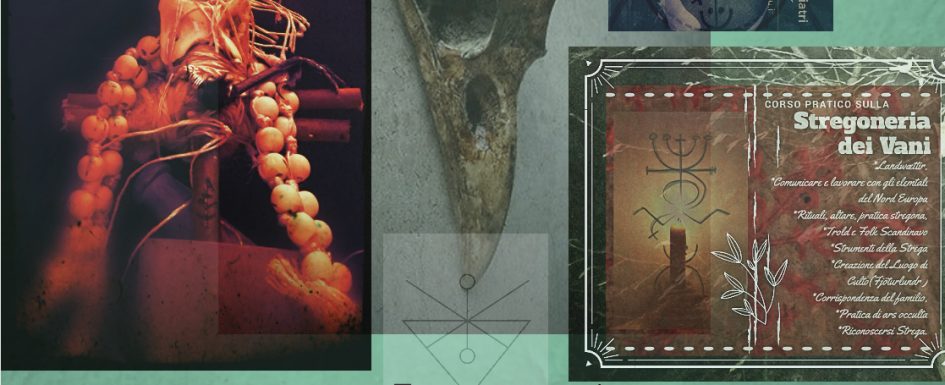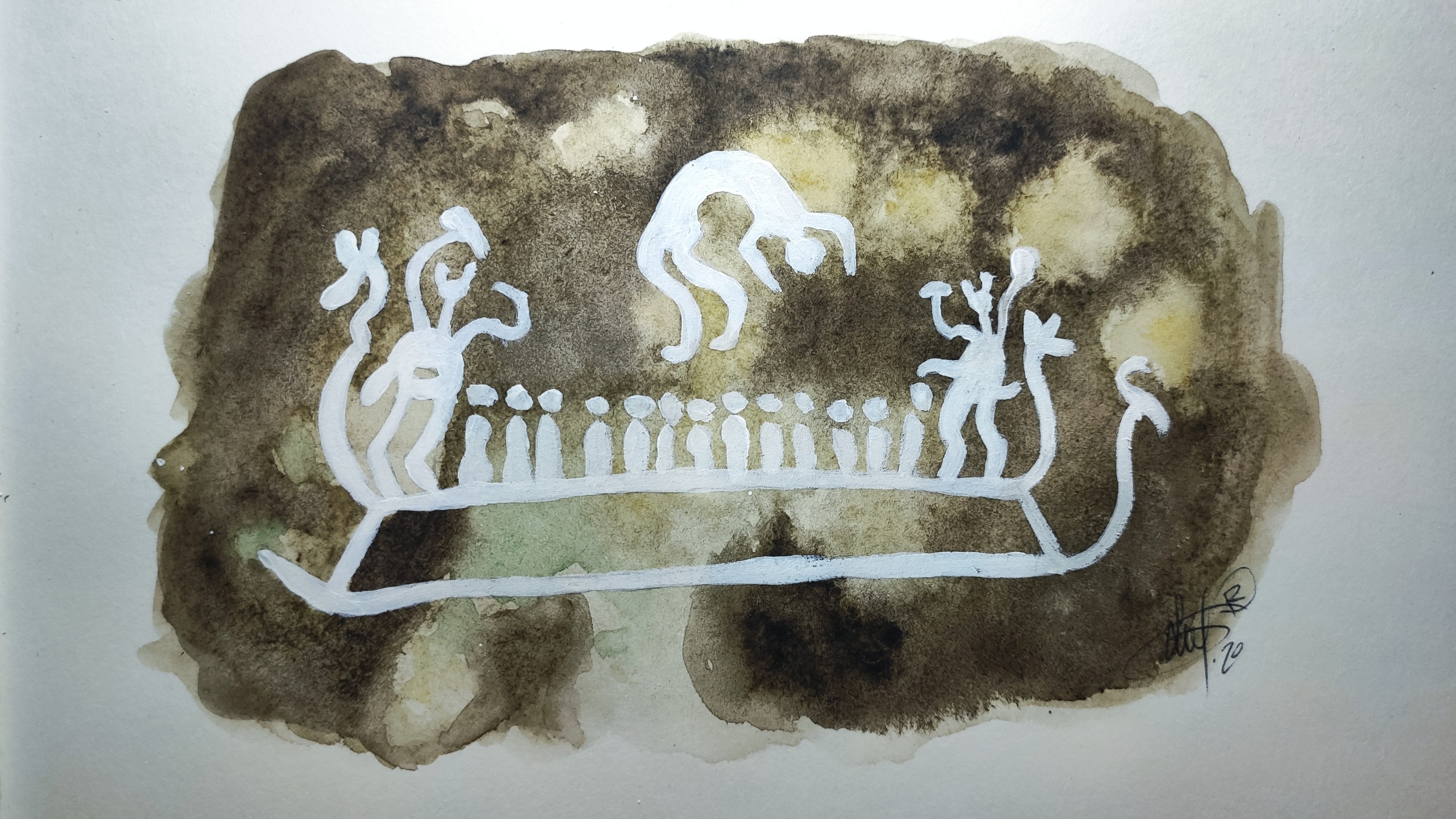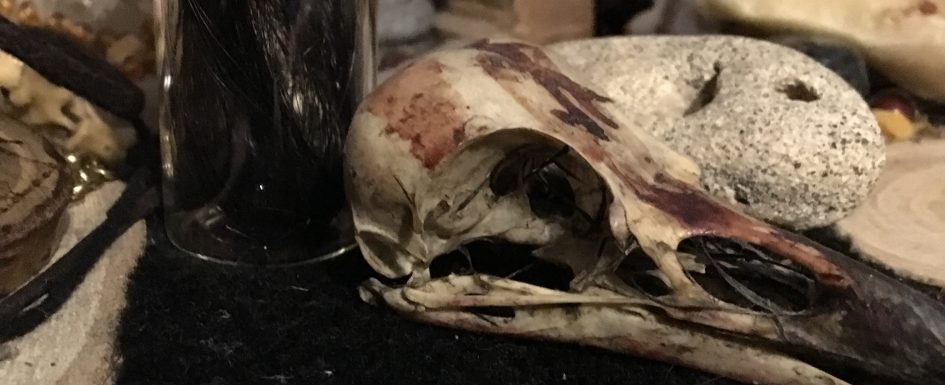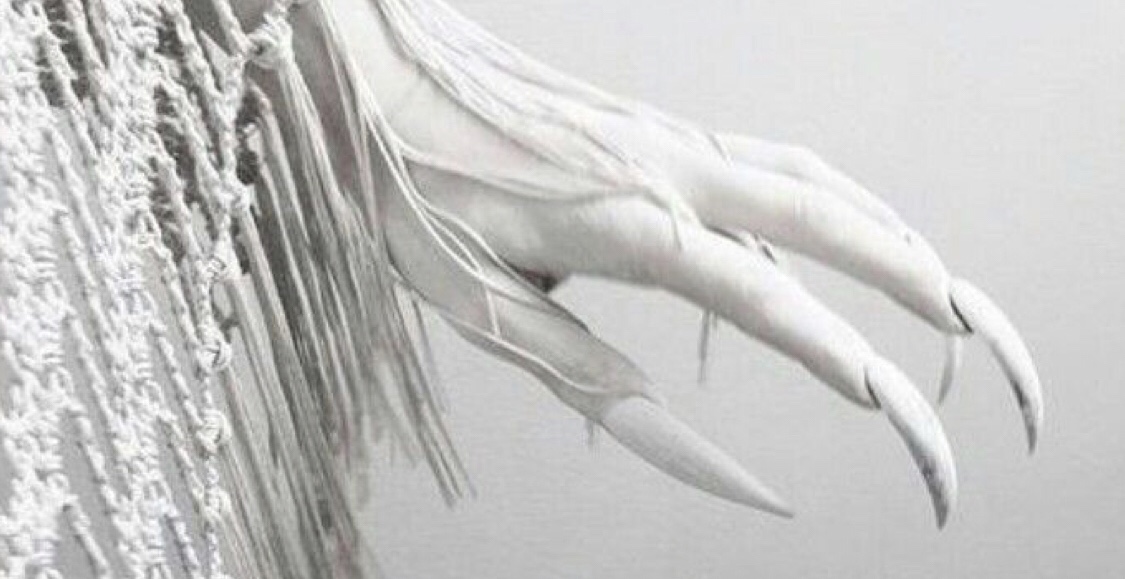Die Tugenden der Vanatrú (Forn Siđr)
Per leggere l’articolo in italiano clicca qui! Durch Bezugnahme eine Frage eines Benutzer machen wir deutlich, daß Vanatrú Italia bezieht sich auf die “Fyrnsidu” (Der Name setzt sich zusammen aus dem alten englischen Begriff “fyrn” wörtlich “alt” und “sidu” oder “seodu”, was wörtlich “Tradition” bedeutet). Zusammengesetzt bedeutet es daher “alte Tradition”. Es wird auch im …
